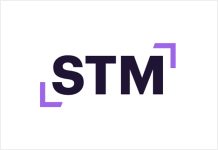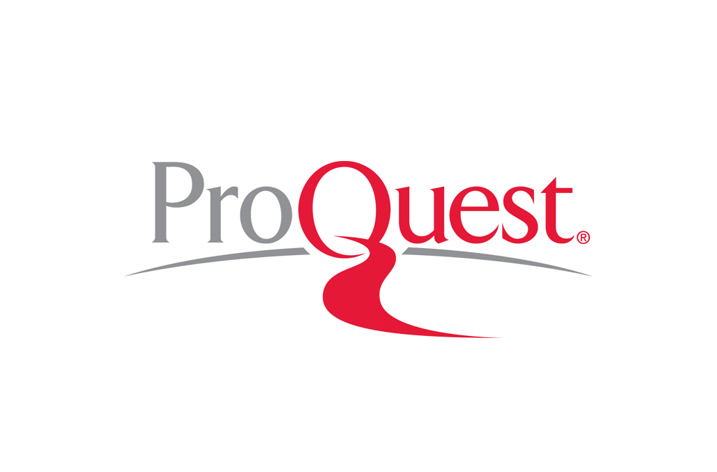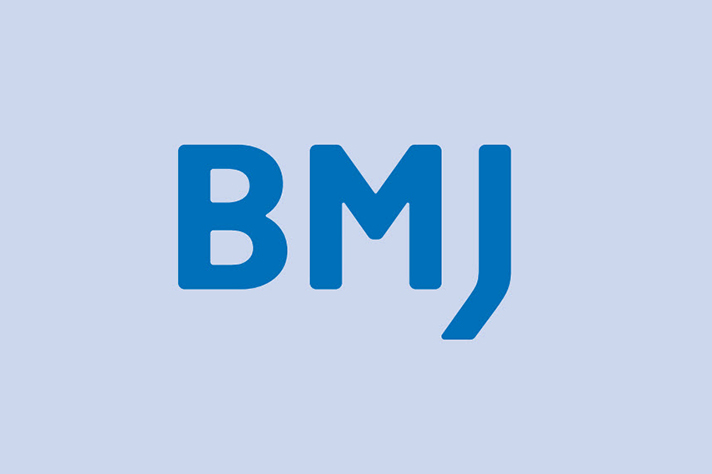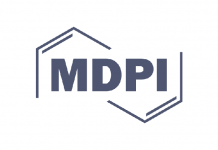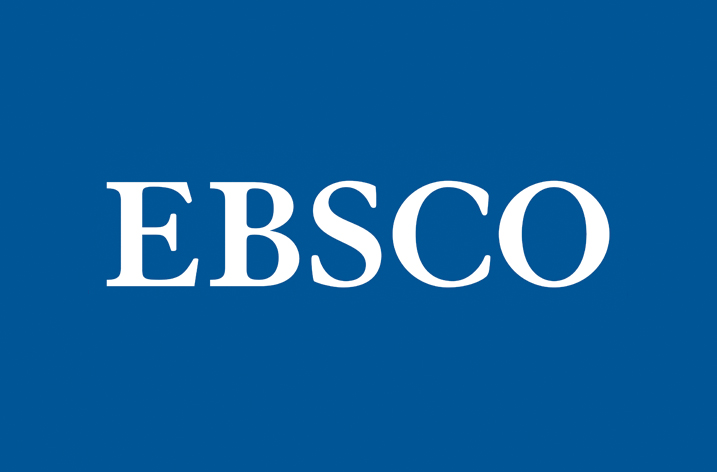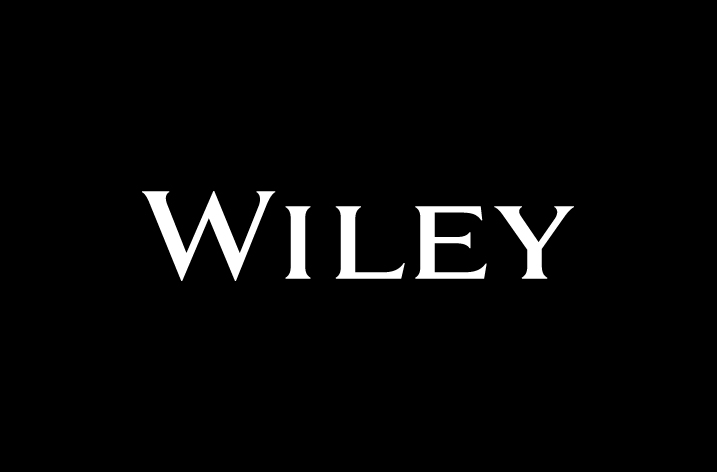
eLife is pleased to announce the first working example of its open-source journal hosting and post-production publishing system, Libero Publisher.
The demo showcases some of the essential components of a journal on Libero Publisher, including a homepage and research articles with author lists and affiliations, figures and references. Additional features are being added weekly, sometimes daily, as the platform evolves quickly to accommodate increasingly complex content types.
Libero Publisher is designed to help publishers deliver beautifully presented content to readers on any device, wherever they are. It is just one component of Libero, a community-driven and open-source platform of services and applications being built to help content providers do more with everything they publish.
“We’re really pleased to share this first important release for Libero Publisher,” says Paul Shannon, eLife Head of Technology. “It reflects a significant coming together of the technology and publisher communities to help identify publisher needs and build solutions accordingly. All the components of this project, and Libero as a whole, are being actively developed in the open, with work on existing and upcoming features freely available to view in GitHub.”
Libero Publisher is the latest milestone in a collaboration announced earlier this year between eLife, the Collaborative Knowledge Foundation (Coko), Hindawi Limited and Digirati, to oversee the development of the Libero product suite and foster community engagement. Today’s announcement is preceded by the first release of Libero Reviewer, a new initial submission wizard in place at eLife today. All products within the end-to-end Libero publishing suite are showcased on a new resource from eLife, at https://libero.pub, and include Libero Reviewer (for submission and peer review), Libero Producer (production workflow management), Libero Publisher, and Libero Data Hub (business intelligence tools).
“Open annotations. The current annotation count on this page is 0.eLife invites journal publishers to take a look at the demo, as well as the publicly available development roadmap, and suggest features that would make Libero Publisher more usable for them. The software will continue to be built in a modular way, meaning that specific components can be lifted by publishers and customised based on their own specific needs and workflows.
The organisation also welcomes contributions from developers to help build and add the features that publishers want to see. “You can never have too much community involvement in an open-source project like Libero,” Shannon adds. “We encourage all who would like to be involved to contact us and find out more.”
For more information, visit https://libero.pub
To learn more about the Libero Publisher team’s approach to the platform and their progress so far, see https://libero.pub/welcome-to-the-libero-demonstration-journal
And for the latest updates on the development of Libero and other news from eLife, sign up for our bi-monthly technology and innovation newsletter. You can also follow @eLifeInnovation on Twitter.


